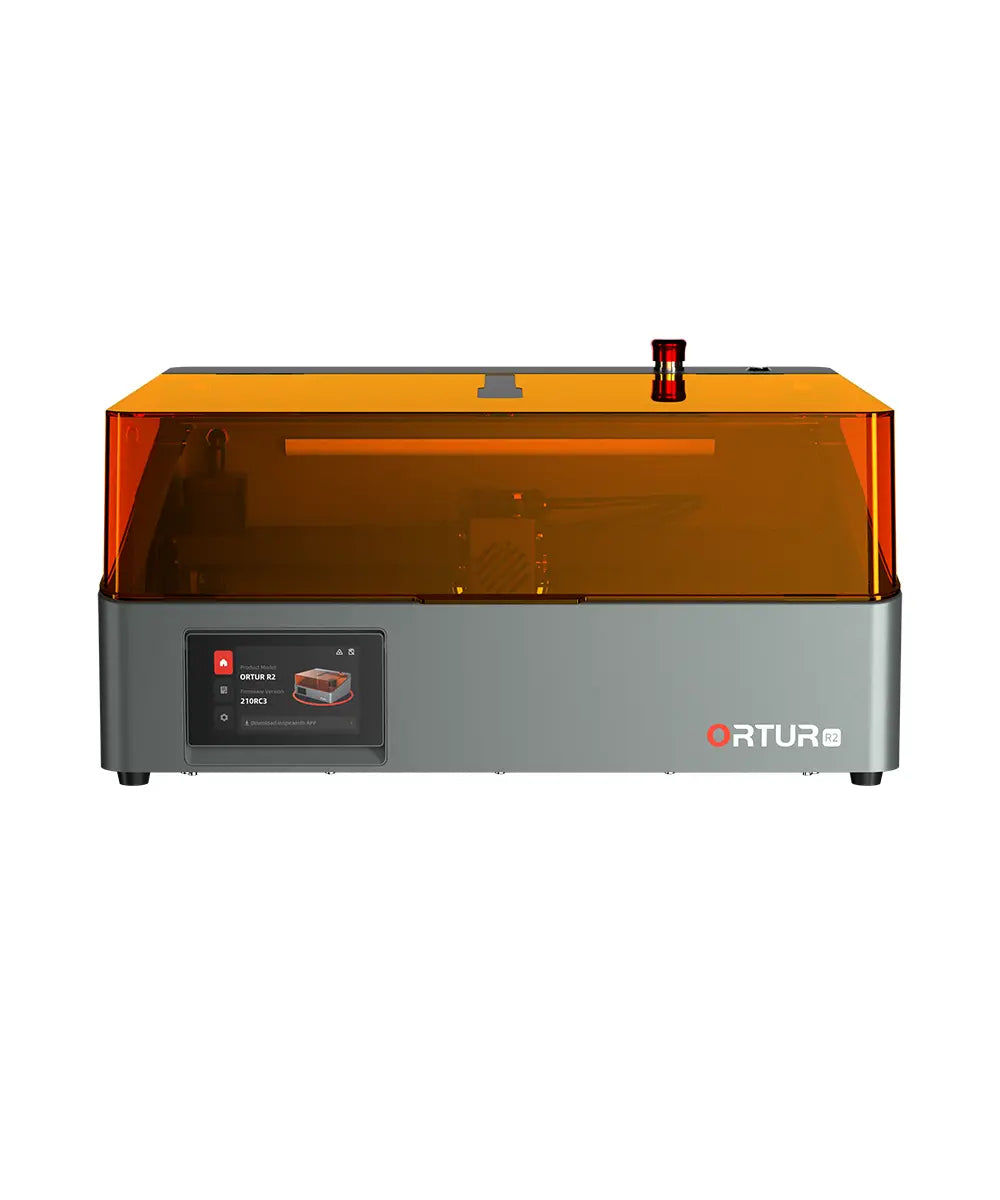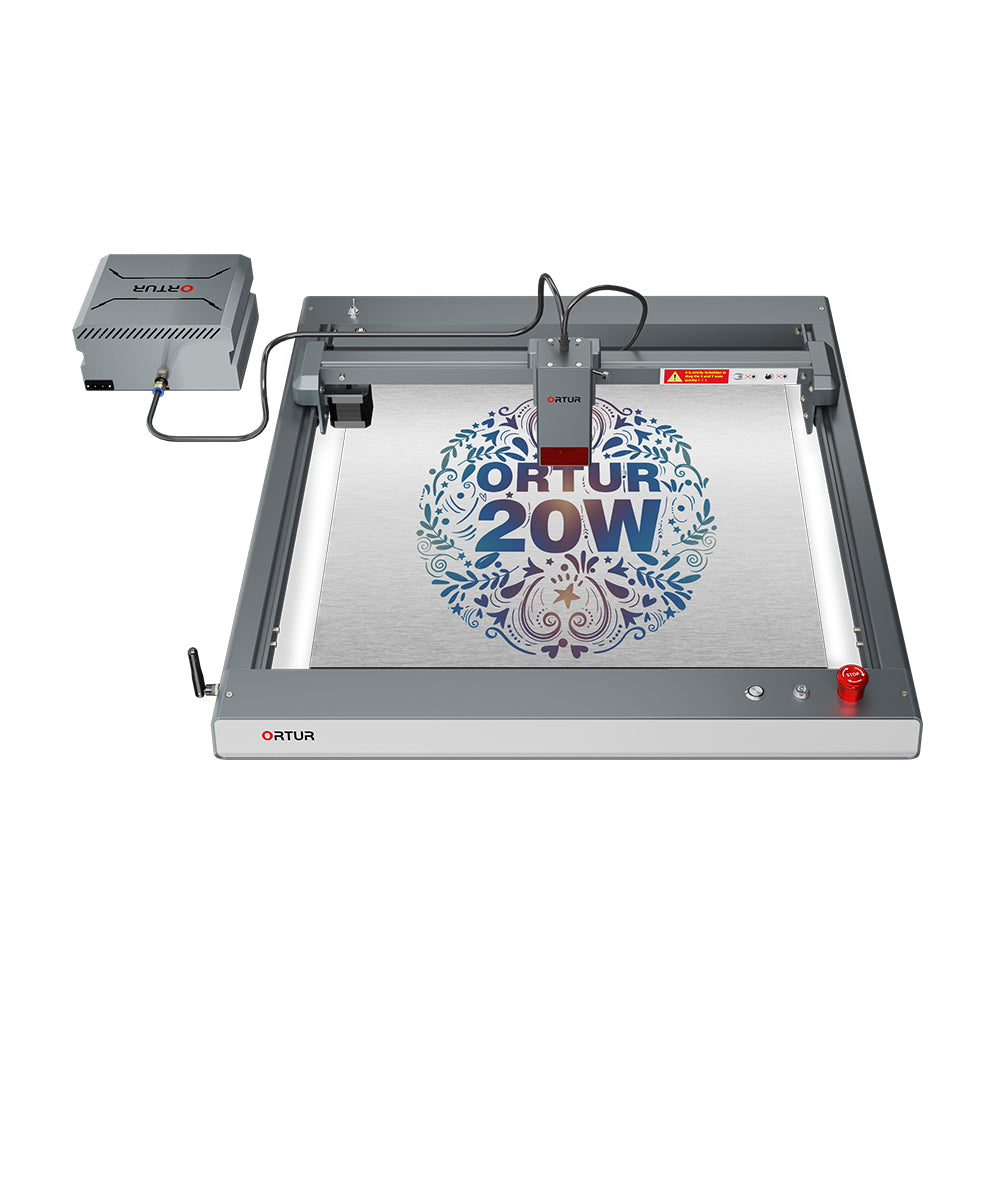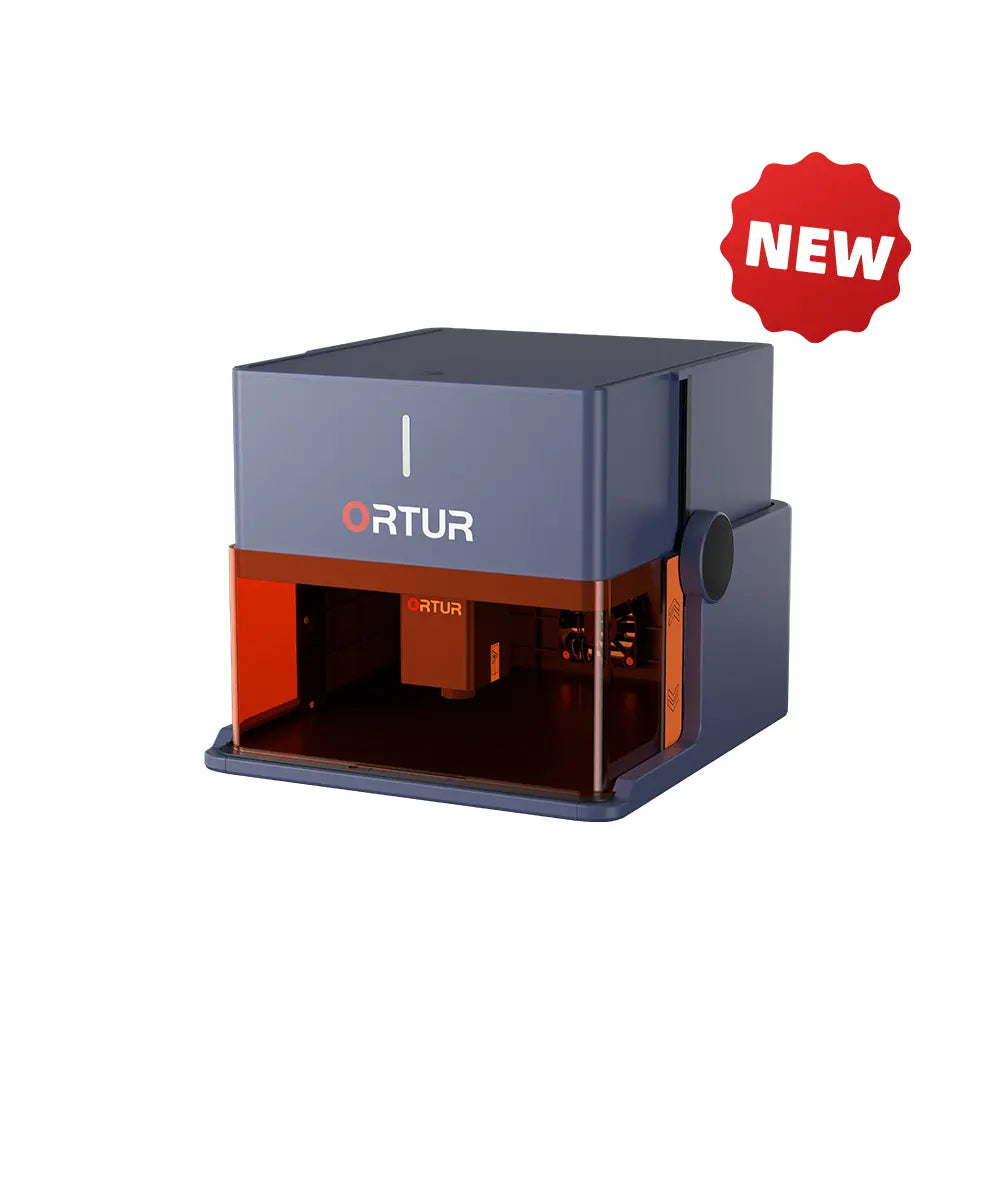How to Make Custom Shirts With Custom
Printing at Home
Read our take on the topic of how to make custom shirts at home and how laser printers are changing this niche.
- Introduction
- How do I make custom shirts with laser engraving
- Conclusion
Introduction
The question of how to make custom shirts with custom prints is trending as more and more people are interested in making their own t-shirts. This used to be an exclusive thing in the past where one had to place orders with loads of extra prices along with the original price of t-shirts, but now, with evolving technology, making custom t-shirts has become significantly easier. Below are the most common methods of how printing is done on shirts and how it can be done at home with your laser cutter and engraving machine.
1. Screen Printing
Mostly used in industrial settings, this printing technique is known for its reliability and variable-quality printing. The process uses a manual or automatic screen printing press in which a screen mesh stretched over a frame is used with a photosensitive emulsion.
This setup is exposed to light and later allowed to dry in a dark room. This screen is washed, leaving the harder-end emulsion behind, which is then used to print on t-shirts with different colored inks on these screens.
2. Heat Transfer Printing
Another very common method is heat transfer printing, which is known to be great for those who have limited capital and don’t want to install screen printing. This printing technique is great for intricate graphics, photos, and rich-color graphics.
To do this, the design is transferred to transfer paper using special inks and then pressed against the t-shirt by using a heat press machine. The quality of the print highly depends on the heat press machine and the composition of the ink. Such printing techniques can be done at home with the help of an iron or home heat press, but the results won’t be desirable.
3. Sublimation Printing
The heat transfer can leave a noticeable texture, which may not be desired by most people. For that, sublimation printing fixes it by using sublimation inks and special transfer papers. These are mostly printed on polyester fabrics through a heat press machine and give more reliable results
Such printing methods give a high level of vibrance and detail, making them quite a popular choice for t-shirt manufacturers. To achieve the desirable results in a home setting, one needs a sublimation printer and heat press, both of which take up significant space and require a high investment.
4. Direct-to-Garment (DTG) Printing
This is a modern method of printing on t-shirts that uses a DTG printer’s platen or a print bed on t-shirts, which are pre-treated to help retain the quality of the print. This printing technique is used on t-shirts made from polyester, 100% cotton, or high-cotton blends and requires a significant amount of investment for a home setting for printing t-shirts. A special DTG printer, consumables required during the process, and daily maintenance make it a pricy option.
How do I make custom shirts with laser engraving
Yes, and this method makes the entire process quite easy. This process uses a laser cutter and engraver like the Ortur LM3 to cut heat transfer vinyl, or HTV, which is later weeded out with the extra vinyl. The remaining is then used to transfer the design by using a heat press on your t-shirt.
This laser engraver and cutter can also be used to print designs onto heat transfer paper, which is then used to transfer the design with the help of a heat press. This way is inexpensive and easy to maintain, not to mention, that this equipment can be used in many other projects like the creation of custom home décor items, gifts, and more.
The Ortur LM3 can be your reliable investment for making custom-designed t-shirts, as it comes with some serious tech built into the hood. Airflow-guided blinds, a dual fan setup, a highly focused laser module, and an easy-to-use software suite from Ortur make the LM3 an easy recommendation for t-shirt design and printing.

Conclusion
To conclude the article on how to make custom shirts, we can state that every common method mentioned above has its downsides when considering a home setting. The Ortur LM3 laser cutter and engraver can not only give desirable results but also reduce the overall investment.
How to Make Custom Shirts With Custom Printing at Home
Read our take on the topic of how to make custom shirts at home and how laser printers are changing this niche.
- Introduction
- How do I make custom shirts with laser engraving?
- Conclusion
Introduction
The question of how to make custom shirts with custom prints is trending as more and more people are interested in making their own t-shirts. This used to be an exclusive thing in the past where one had to place orders with loads of extra prices along with the original price of t-shirts, but now, with evolving technology, making custom t-shirts has become significantly easier. Below are the most common methods of how printing is done on shirts and how it can be done at home with your laser cutter and engraving machine.
1. Screen Printing
Mostly used in industrial settings, this printing technique is known for its reliability and variable-quality printing. The process uses a manual or automatic screen printing press in which a screen mesh stretched over a frame is used with a photosensitive emulsion.
This setup is exposed to light and later allowed to dry in a dark room. This screen is washed, leaving the harder-end emulsion behind, which is then used to print on t-shirts with different colored inks on these screens.
2. Heat Transfer Printing
Another very common method is heat transfer printing, which is known to be great for those who have limited capital and don’t want to install screen printing. This printing technique is great for intricate graphics, photos, and rich-color graphics.
To do this, the design is transferred to transfer paper using special inks and then pressed against the t-shirt by using a heat press machine. The quality of the print highly depends on the heat press machine and the composition of the ink. Such printing techniques can be done at home with the help of an iron or home heat press, but the results won’t be desirable.
3. Sublimation Printing
The heat transfer can leave a noticeable texture, which may not be desired by most people. For that, sublimation printing fixes it by using sublimation inks and special transfer papers. These are mostly printed on polyester fabrics through a heat press machine and give more reliable results
Such printing methods give a high level of vibrance and detail, making them quite a popular choice for t-shirt manufacturers. To achieve the desirable results in a home setting, one needs a sublimation printer and heat press, both of which take up significant space and require a high investment.
4.Direct-to-Garment (DTG) Printing
This is a modern method of printing on t-shirts that uses a DTG printer’s platen or a print bed on t-shirts, which are pre-treated to help retain the quality of the print. This printing technique is used on t-shirts made from polyester, 100% cotton, or high-cotton blends and requires a significant amount of investment for a home setting for printing t-shirts. A special DTG printer, consumables required during the process, and daily maintenance make it a pricy option.
How do I make custom shirts with laser engraving?
Yes, and this method makes the entire process quite easy. This process uses a laser cutter and engraver like the Ortur LM3 to cut heat transfer vinyl, or HTV, which is later weeded out with the extra vinyl. The remaining is then used to transfer the design by using a heat press on your t-shirt.
This laser engraver and cutter can also be used to print designs onto heat transfer paper, which is then used to transfer the design with the help of a heat press. This way is inexpensive and easy to maintain, not to mention, that this equipment can be used in many other projects like the creation of custom home décor items, gifts, and more.
The Ortur LM3 can be your reliable investment for making custom-designed t-shirts, as it comes with some serious tech built into the hood. Airflow-guided blinds, a dual fan setup, a highly focused laser module, and an easy-to-use software suite from Ortur make the LM3 an easy recommendation for t-shirt design and printing.

Conclusion
To conclude the article on how to make custom shirts, we can state that every common method mentioned above has its downsides when considering a home setting. The Ortur LM3 laser cutter and engraver can not only give desirable results but also reduce the overall investment.
Keep in Touch with Ortur
Keep in Touch with Ortur
Related Articles

Awesome Things to Make out of Wood with Laser Cutters At Home
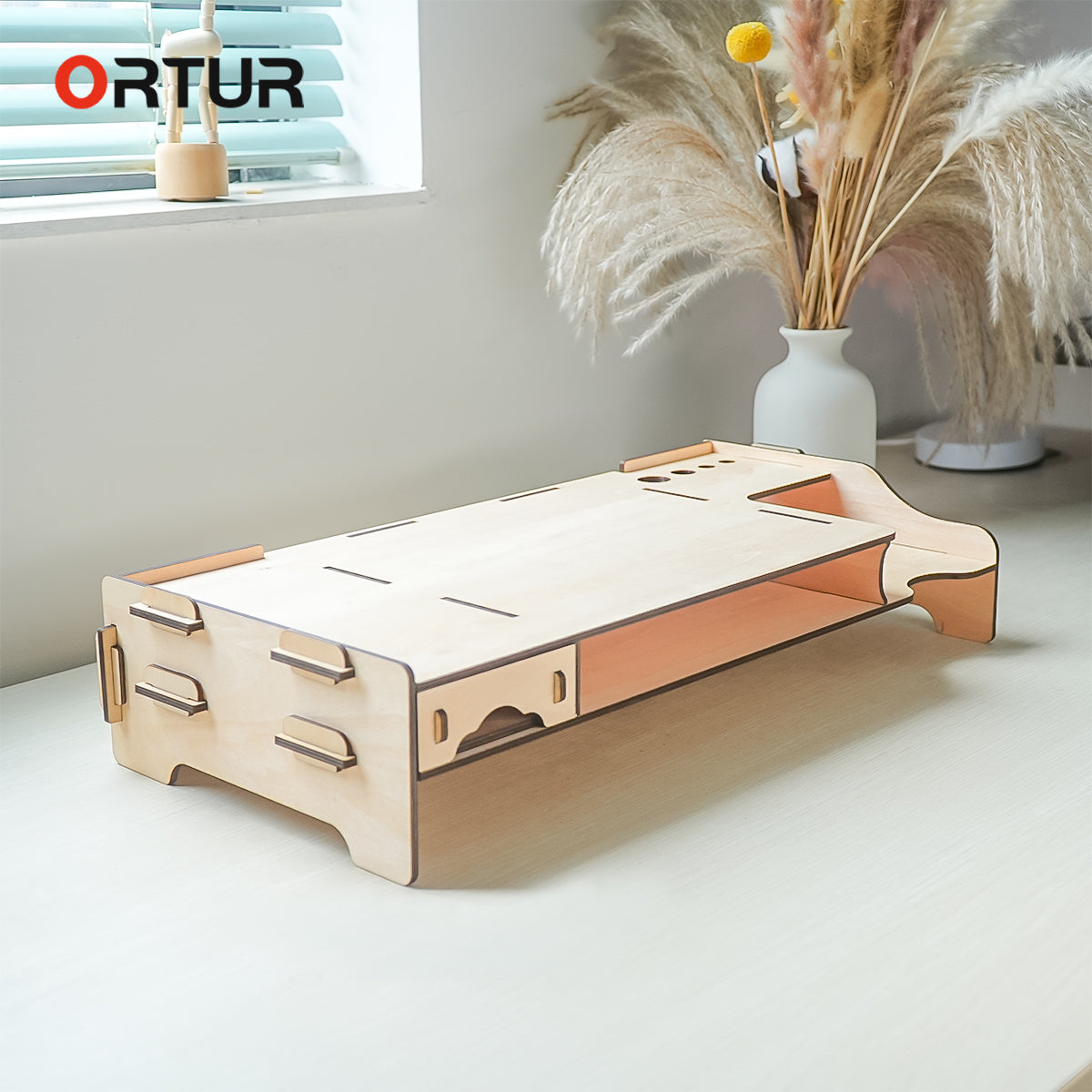
What File Does the Laser Cutter Use
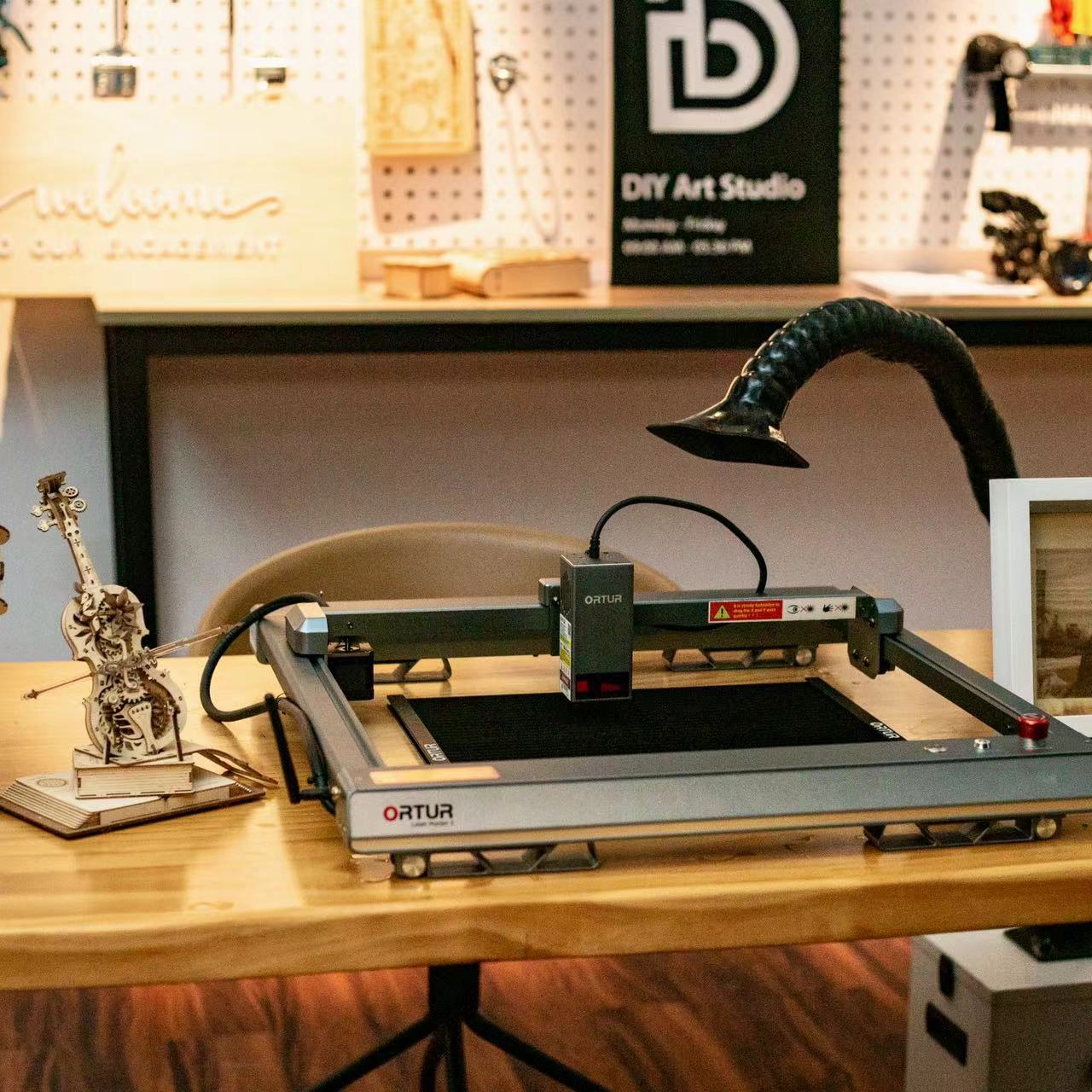
Your Essential Guide to Laser Cut Woodworking and Engraving
Related Articles

What File Does the Laser Cutter Use


